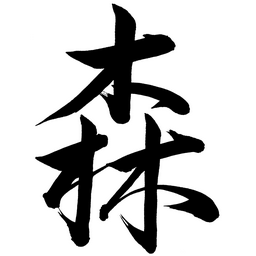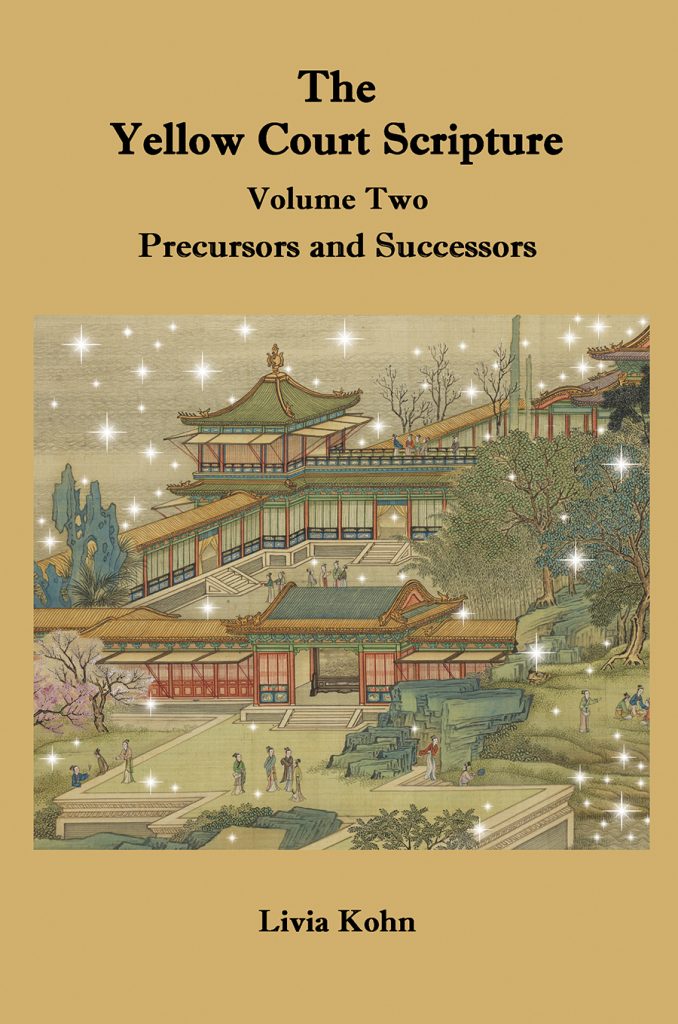Precursors and Successors
by Livia Kohn
The Huangting jing (Yellow Court Scripture), a central classic of Daoist meditation translated earlier in this series, did not grow or remain in a cultural vacuum. This book seeks to elucidate its greater context, presenting discussions and translations of four major and six minor works that can be described as precursors or successors of the text dating from the Eastern Han to the late Tang dynasties. Taken together, these texts illustrate the vibrant cultural role of the Huangting jing in the middle period, showing its growth as part of early Daoist meditation circles and demonstrating its later development into more medical and exorcistic contexts. The book with its original translations makes a major contribution to the study of Daoist cultivation and Chinese intellectual history.
Paperback: $35.95, plus S&H; PDF file: $20.00
TO ORDER: https://www.lulu.com/search?page=1&sortBy=RELEVANCE&q=yellow+court+vol+2&adult_audience_rating=00
PRAISE
Livia Kohn’s newest book presents translations of various Huangting jing precursor and successor texts together with well-written scholarly introductions. It not only situates the Huangting jing within its broader tradition, but also shows clearly how Chinese views on the interior landscape of the body, the terminology used to describe it, and the various practices for maintaining health underwent a continuous process of evolution and refinement through the centuries. It is sure to become an indispensable guide.
—Thomas E. Smith, translator of Declarations of the Perfected, Parts One and Two
Students of Daoism will highly welcome the first translation into any Western language of the entire Laozi zhongjing and parts of the Lingbao wufuxu relevant to the Huangting jing tradition as they open a more comprehensive view of early Daoism. Readers will also find Kohn’s translations of the Huangting zhongjing jing, the Huangting neijing wuzang liufu buxietu, and six other texts in the wake of the Buxietu particularly useful. As early examples of Daoist medicine and body vision, they complement our knowledge of classical Chinese culture during the Tang and Five Dynasties periods.
—Stephan Peter Bumbacher, University of Basel
THE AUTHOR
Livia Kohn, Ph.D., is Professor Emerita of Religion and East Asian Studies at Boston University. The author or editor of close to sixty books (including the annual Journal of Daoist Studies), she spent ten years in Kyoto doing research. She now serves as the executive editor of Three Pines Press, runs international conferences and workshops, and guides study tours to Japan.
OUTLINE
The Huangting jing 黃庭經 (Yellow Court Scripture) is a text in multiple formats, most importantly an outer and an inner version, the Waijing and the Neijing, both written in seven-character verses and revealed by central cosmic deities. As outlined in my earlier book on the subject (Kohn 2023), recent research tends to favor the understanding that the Waijing is older, linked with the Celestial Masters and dated to the late Eastern Han dynasty. The Neijing, on the other hand, goes back to the late 3rd century and is linked with Wei Huacun 魏華存 (251-334), the libationer of the Celestial Masters who turned revealing deity of Highest Clarity. Through her, the text made its way into the Highest Clarity school although, as Isabelle Robinet points out, it never attained full canonical status on par with the high celestial scriptures (1993, 58).
Knowing this and realizing that the work with its unique presentation of organ palaces, body gods, and internal cultivation methods did not grow or remain in a vacuum, the question arises what cultural background it arose from and what impact it had upon Chinese culture later, specifically in the medieval period, that is, the question of precursors and successors. This book hopes to answer this question, presenting discussions and translations of four major and six minor works that relate in various ways to the Huangting jing.
Key precursors, then, equally dating from the late Eastern Han, are the Lingbao wufuxu 靈寶五符序 (Explanation of the Five Talismans of Numinous Treasure, DZ 388, SV 232-33), notably passagesthat describe deities, heavens, and cultivation practices associated with the five phases; and the Laozi zhongjing 老子中經 (Central Scripture of Laozi, DZ 1168, SV 92-94) with its presentation of gods found both in the greater universe and within the human body.
Main successors are the Huangting zhongjing jing 黃庭中景經 (Central Lights Scripture of the Yellow Court, DZ 1401, SV 350), a composite work of the Sui or early Tang that reformulates and expands the basic Huangting jing teachings; and the Huangting neijing wuzang liufu buxietu 黃庭內景五臟六腑補瀉圖 (Illustrated Outline of the Tonification and Dispersal [of the Qi] of the Five Organs and Six Viscera According to the Inner Lights of the Yellow Court,DZ 432, SV 348-49), dated to 848, which links Huangting jing cosmology and practices with the medical understanding and healing technologies of the time.
In its wake, in turn, are six further works, dating from the late Tang and Five Dynasties periods, that reprint or summarize the outline of the organs as found in the Buxietu, present theoretical discussions of the nature of qi, and link Huangting jing culture with popular methods of protection and exorcism. The last two among them, moreover, contain first indications of internal alchemy, the dominant form of Daoist meditation since the Song dynasty. Its practitioners adopted and integrated the body vision and internal activation expressed in the Huangting jing, giving rise to many further commentaries and interpretations, notably two in the Song, three in the Ming, and at least eight in the Qing.
Overall, the text and its related works expand and modify key features of Han religious culture, which are integrated in the Huangting jing: the heavens, deities, and activation of the five phases as well as the multiplicity of gods found both in the greater universe and within the human body. All have in common that they subscribe to the core vision of the body as a microcosm with close correspondences in the outside world.
1 For a comprehensive list of commentaries, see Gong 1997, 1:66-68. The texts are reprinted in Zhou and Sheng 2015.

